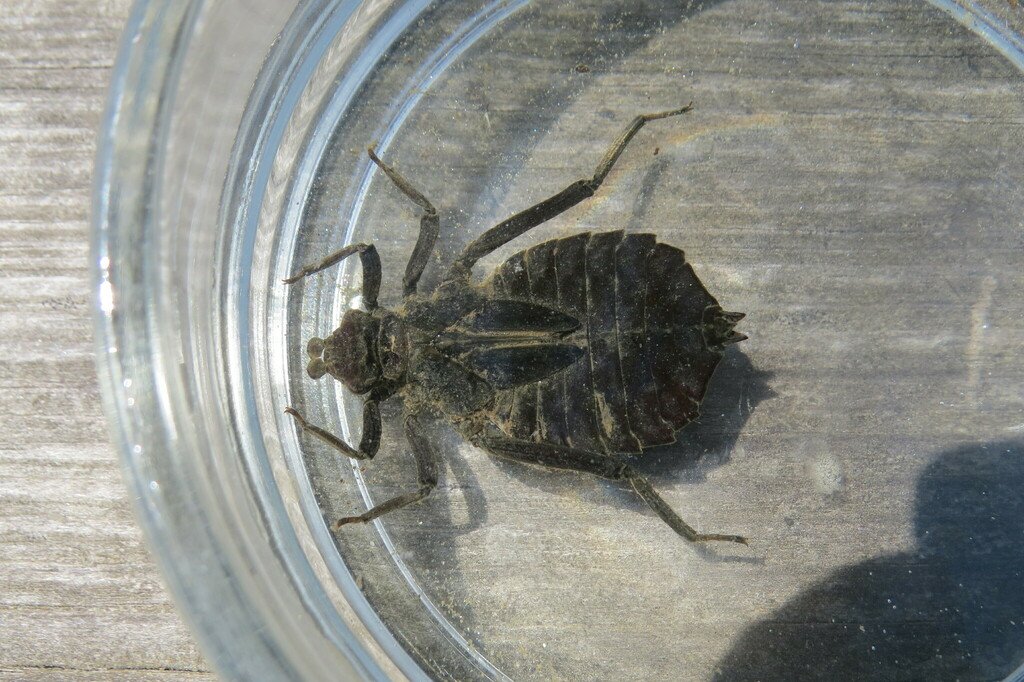

Recap: Virginia Fly Fishing and Wine Festival
Last weekend, BRDC staff attended the 24th annual Virginia Fly Fishing and Wine Festival. The convention brings together avid and beginner fly fishers alike and provides a place to learn about some of the great organizations and opportunities from around the state—even some international representation! All the while, attendees can enjoy tastings from Virginia wineries, breweries, and distilleries.

Recent Sightings of the Blue Ridge
Are you ready for the Naturalist Rally? Read about some of the recent finds during our programs around the Blue Ridge Discovery Center and beyond, and learn how to improve your chances of seeing some fascinating species before a weekend immersed in the Appalachian spring.
Fifteen Fun Native Fish Facts!
Summer Fly Fishing Camp is back! Join us August 6-10 for a week of tying, casting, and catching! To celebrate the return of this beloved BRDC camp, here’s fifteen fun fish facts.

Fresh Water Snorkeling with Jim Herrig
Last Saturday we had the wonderful privilege of hosting Jim Herrig, from the US Forest Service, the man who developed the wildly successful Freshwater Snorkeling Program in the Cherokee National Forest! Jim and his assistant Michela packed all of their equipment up: snorkels, masks and wetsuits, and made a 6 hour trek north to give us a full demonstration of the program.

Freshwater Snorkeling!
Earlier this summer Blue Ridge Discovery Center received a grant to implement a Freshwater Snorkeling program with the goal of connecting our youth to the lifeblood of the Blue Ridge Mountains. By immersing kids in a setting they have never experienced before, we will be generating a profound drive of curiosity, exploration and discovery. Armed with wetsuits, snorkels and masks, we are about cross that mirrored boundary.